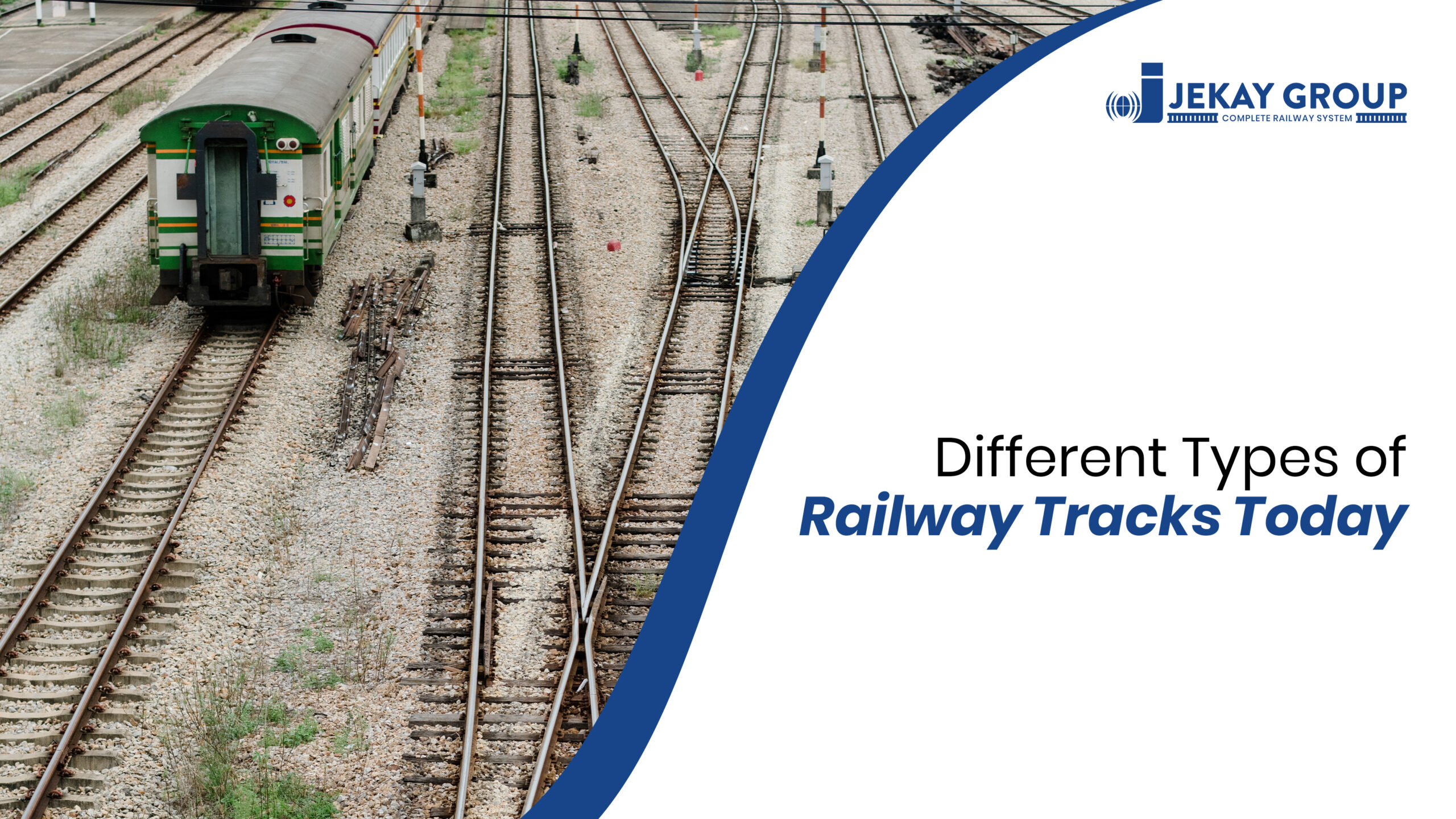Railway tracks are the backbone of modern transportation systems, providing a reliable and efficient means for moving people and goods across vast distances. Understanding the various types of railway tracks is essential for businesses and individuals involved in logistics, transportation, or infrastructure development.
This article delves into the different types of railway tracks, their construction methods, and their operational characteristics.
Understanding Rail Track Gauge
One of the fundamental aspects of railway tracks is the rail gauge, which refers to the distance between the inner sides of the two parallel rails. The gauge significantly influences train speed, cargo capacity, and operational efficiency. There are three primary types of rail gauges:
- Standard Gauge (1,435 mm): This is the most widely used gauge globally, making up about 60% of the world’s railways. The standard gauge provides stability and speed, making it ideal for high-speed trains and long-distance passenger or freight transport. It is prevalent in Europe, North America, and parts of Asia.
- Narrow Gauge: Narrow-gauge tracks have a smaller distance between the rails, which allows for greater flexibility in navigating challenging terrains such as mountainous regions. They are often used in areas with lighter rail applications or heritage railways. The reduced width enables trains to navigate sharp curves and steeper inclines effectively.
- Broad Gauge: Broad-gauge tracks have a wider spacing between rails, allowing for heavier loads and greater stability. They are commonly used for freight transport and high-capacity passenger services.
Understanding these gauges is crucial for businesses involved in railway logistics as they determine the types of trains that can operate on specific lines and influence overall operational efficiency.
Classification by Purpose and Usage
Railway tracks can also be classified based on their intended use. Each type serves a unique purpose within the transportation network:
- Main Line Tracks: These tracks are designed for long-distance travel and high-speed trains. They connect major cities and are optimized for speed and volume.
- Branch Line Tracks: Serving as feeders to main lines, branch lines connect smaller towns or rural areas to the larger network. They focus on local connectivity rather than speed.
- Specialized Tracks: Certain tracks are constructed for specific purposes. For instance, industrial tracks serve factories or warehouses, while heritage tracks are maintained for tourism purposes.
The type of track influences not only train speed but also cargo capacity and operational efficiency. Main lines facilitate faster services, while branch lines ensure that even remote areas remain connected.
Construction Types of Railway Tracks
The construction method used for railway tracks can vary significantly based on factors such as terrain, intended use, and expected traffic loads. There are several primary construction types:
Ballasted Tracks: This traditional construction method involves laying rails on wooden or concrete sleepers that rest on a bed of crushed stone known as ballast. The ballast provides stability by dissipating weight from passing trains while allowing drainage to prevent water accumulation. Ballasted tracks are cost-effective and easy to maintain but require regular upkeep to prevent deformation due to shifting or erosion.
Non-Ballasted (Slab) Tracks: Slab tracks represent a more modern approach where rails are directly fixed to a continuous slab of concrete or asphalt without ballast. This design offers greater stability and requires less maintenance than ballasted tracks. While slab tracks are more expensive to install initially, they provide long-term savings due to reduced maintenance costs. They are commonly used in high-speed rail systems due to their ability to support faster trains with minimal deformation over time.
Embedded Tracks: Typically found in urban settings or low-traffic areas, embedded tracks involve placing rails within a concrete slab that is integrated into the ground surface. This design minimizes noise pollution and enhances aesthetics but may limit speed due to potential obstructions from surrounding infrastructure.
These construction methods reflect a balance between initial investment costs and long-term operational efficiency, making it essential for businesses to choose wisely based on their specific needs.
Innovations in Railway Track Technology
As demands on railway systems continue to grow due to increased transport needs, innovations in track technology have emerged:
- Robotic Track Maintenance Equipment: Innovations such as track inspection robots and drones have revolutionized how maintenance tasks are performed. These technologies enhance safety by allowing inspections in hard-to-reach locations while reducing labor costs associated with manual inspections.
- Predictive Maintenance Algorithms: By analyzing data collected from automated inspection systems, predictive maintenance algorithms can forecast when maintenance should occur based on actual track conditions rather than fixed schedules. This approach optimizes resource allocation and minimizes disruptions to train services.
The ongoing evolution of railway technology not only improves efficiency but also enhances safety across the network.
Conclusion
Understanding the different types of railway tracks is crucial for individuals involved in transportation logistics or infrastructure development. From varying gauges that dictate operational capabilities to construction methods that balance cost with performance needs, each aspect plays a vital role in shaping efficient rail networks.
As innovations continue to emerge within this sector—ranging from advanced construction techniques like ballastless track systems to cutting-edge maintenance technologies—railway operators must remain informed about these developments to optimize their operations effectively. Additionally, manufacturing railway track fittings are instrumental in ensuring the durability and safety of railway networks, as high-quality fittings contribute to seamless operations and reduced maintenance costs.


